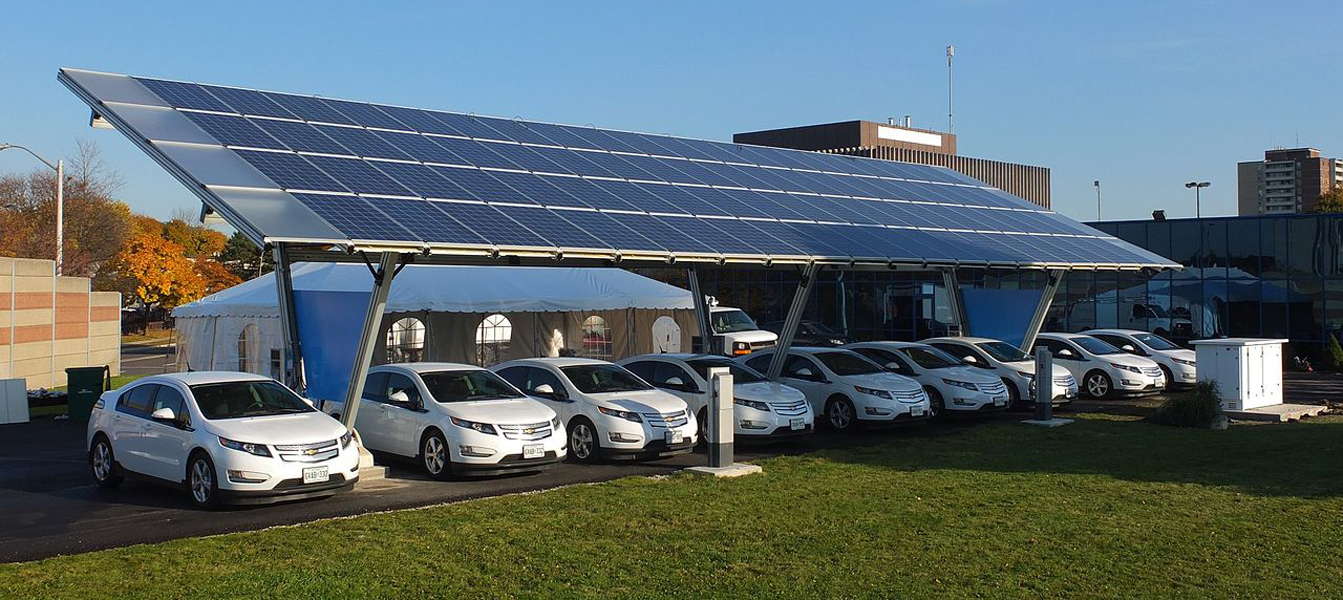As reported by Fortune: Google parent-company Alphabet is testing at least two wireless charging systems for its electric-powered self-driving cars.
Documents filed with the U.S. Federal Communications Commission reveal Google is testing two wireless charging systems for its self-driving cars, reported IEEE Spectrum. Startup Hevo Power received permission in February 2015 to install an experimental charger at Google’s Mountain View, Calif. headquarters. Momentum Dynamics received permission in July, according to the filings.
This isn’t the first wireless charging system Google has tested. Back in 2011, the company tested a prototype of Plugless, a wireless charging system developed by Evatran. The Hevo and Momentum Dynamics systems appear to be the first tested on the self-driving prototype Google introduced in June 2015.
Wireless charging could help accelerate the adoption of individually owned electric vehicles. However, Google has a different motivation. The company probably won’t sell its self-driving cars to individuals. Instead, it will likely deploy its self-driving cars as a transportation service that users can order via an app.
For example, Google self-driving cars—which don’t have pedals or a steering wheel, only sensors and software—could be stationed in various clusters around a town or closed campus. Each corral of self-driving cars could be outfitted with wireless charging, which would eliminate the need for a human attendant to plug the cars in.
Google hasn’t provided detailed plans for its self-driving car program, which started in 2009. Google has said it wants to commercialize self-driving cars by 2020. Chris Urmson, director of the program, has repeatedly talked about the self-driving cars being used by children, the disabled, or others who might not be able to drive a car manually—another reason to use wireless charging.
Google blames humans for self-driving car crashes
Other companies are pursuing wireless charging, including Qualcomm. Evatran’s Plugless, which has completed field trials with Google, Hertz, SAP, and Duke Energy, began selling directly to EV owners in the U.S. and Canada in March 2014. Plugless supports wireless charging for the Chevy Volt, Nissan LEAF, and Cadillac ELR EVs. Chinese automotive parts manufacturer Zhejiang VIE Science and Technology Company recently invested $3.2 million into Evatran as part of a $10 million Series B funding round that will help it expand in North America and China.
Meanwhile, Tesla has developed a different kind of charger that doesn’t require a person to plug it in. The metal snake-like charger prototype, which Tesla showed in a video in August 2015, automatically connects to the all-electric vehicle.















